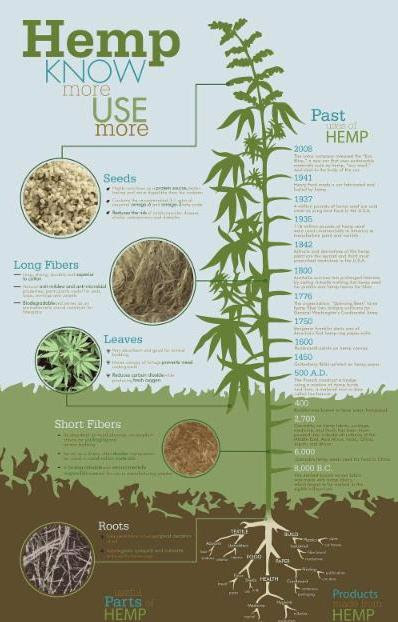
As of December 14th, the DEA has recently published a ruling in the Federal Registrar set to become active on January 13th which seeks to distinguish between all forms of ‘marijuana extract’ and marijuana. The DEA claims the motion will assist agencies in “tracking quantities of this material separately from marijuana”.
We see the need, now more than ever, for passage of separate and distinct legislation regarding the cultivation and commercialization of hemp as an agricultural crop.
The NHA is optimistic this will result in further
clarification of the distinctions between Hemp and marijuana as cannabis derived plants, products, and byproducts.
“We are closely looking over the new ruling with council. On the surface, it may only impact imported cannabinoids.” Samantha Walsh
In an interview with Leafly, Robert Hoban, a Colorado cannabis attorney and adjunct professor of law at the University of Denver, raised the notion that the rule itself may not be lawful. “This action is beyond the DEA’s authority,” said Hoban. “The DEA can only carry out the law, they cannot create it. Here they’re purporting to create an entirely new category called ‘marijuana extracts,’ and by doing so wrest control over all cannabinoids. They want to call all cannabinoids illegal. But they don’t have the authority to do that.”
The NHA would like to thank our members at Hoban Law Group who are tirelessly scrutinizing the ruling and have begun the necessary action towards resolving any consequences that may have an effect on hemp businesses.
NHA will continue our work with the DEA, FDA and USDA to include highly qualified stakeholders and valuable industry input into how this emerging industry will go forward.
